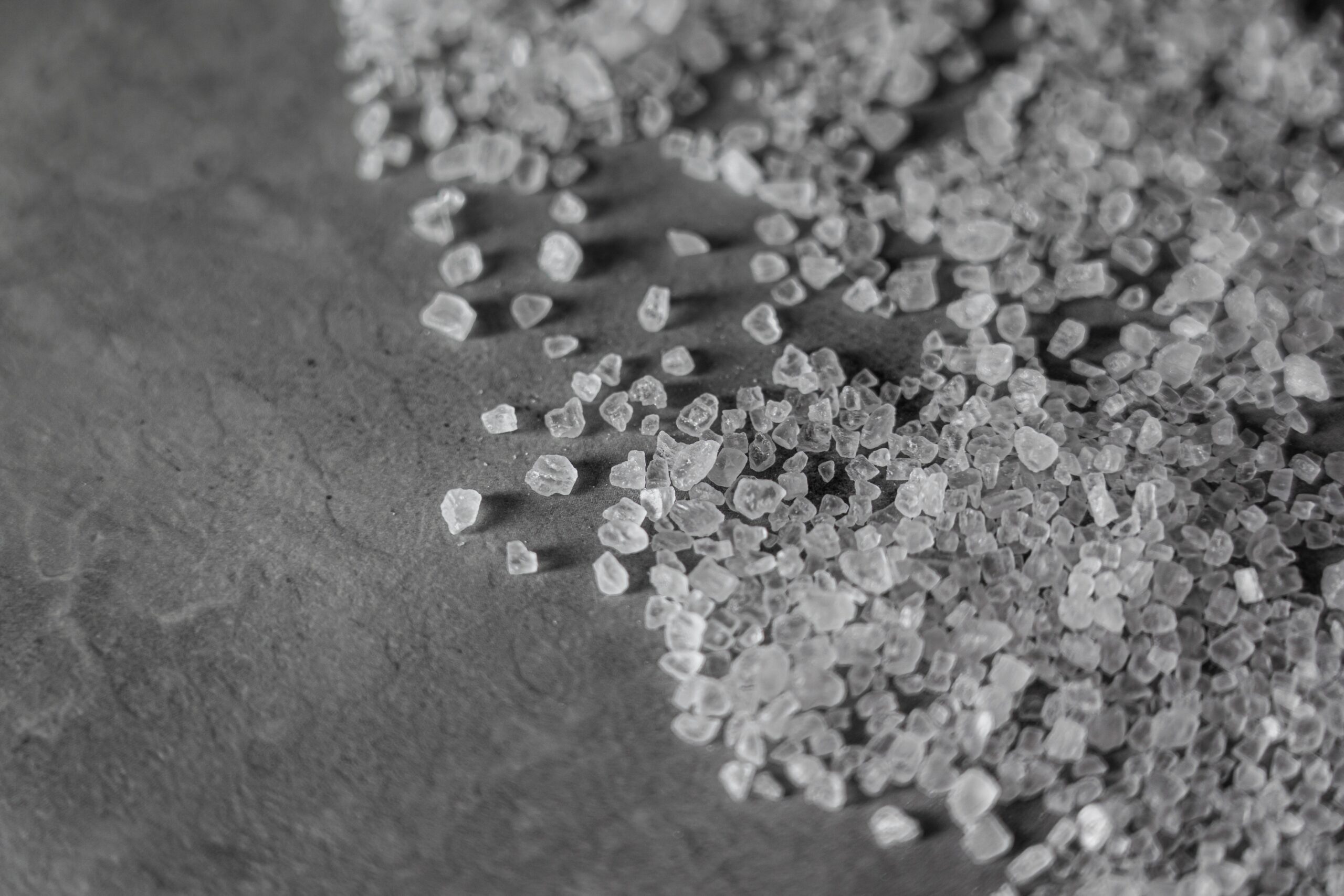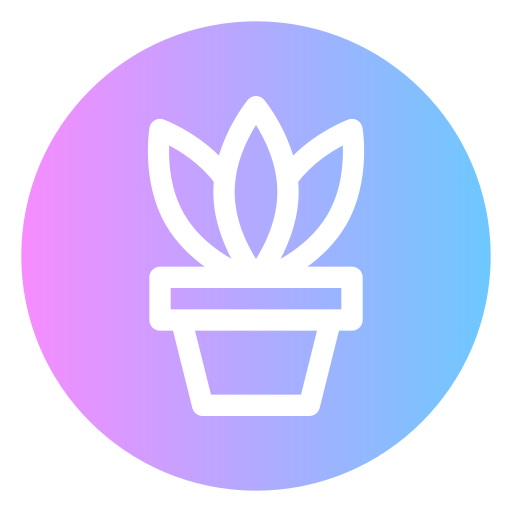Poison Ivy can become a nightmare for those who enjoy cycling or hiking in the woods. You might likely encounter this toxic plant and regret your decision to leave immediately.
But that doesn’t imply that there are no remedies to the infection that Poison Ivy causes. There have been home remedies that, according to many, are very useful in treating poison ivy rashes. And one such thing is Epsom salt. But how much credibility does it carry? Does Epsom salt help with poison ivy? Read ahead to find out more.
Does Epsom salt help with poison ivy?

Unlike many other home remedies with little scientific backing in curing an ailment, Epsom salt is quite popular amongst doctors for its beneficial attributes.
Not just for Poison Ivy, but Epsom salt has been considered one of the best household methods to reduce any itch. It can stem from mosquito bites, Poison Ivy, Poison Sumac, bee stings, etc.
When to use Epsom salt?
One can use Epsom salt for Poison Ivy rashes because, in times of emergency, you might not get a hold of the calamine lotion that doctors generally recommend. Then to relieve pain temporarily, you can use Epsom salt.
It soothes itches or skin burns, and people have used it since ancient times as it is pretty effective and inexpensive.
Because Epsom salt eases irritations, it also prevents you from scratching the puss-filled rashes and blisters. Scratches can worsen inflammation because many bacterias live inside your fingernails, which might heighten the already worse infection condition.
Steps to use Epsom salt for Poison Ivy-
We suggest three popular ways to utilize Epsom salt to its fullest capacity for treating Poison Ivy infection.
1. Add Epsom salt to bathing water –
- Add three or at least two cups of Epsom salt to your tub of lukewarm water.
- Then soak your area of infection for 30 minutes maximum in that tub.
- This act will relieve your itch and also deliver a relaxing bath due to magnesium sulfate, known to decrease soreness and aches.
- Add half a cup of baking soda to your mixture for better results. Do this until the rash goes away.
2. Use cold compress-
- Dampen a cotton ball in a mixture of Epsom salt and cold water. Then apply the soaked cotton ball to the affected areas; this will also help with itch and pain.
3. Create an Epsom salt-based paste-
- Mix Epsom salt in a cup of hot water and stir it until it is completely dissolved. Then put the mixture in a fridge to chill it for 20 minutes. Use this mixture to apply to affected areas regularly.
Wrapping it up
Like other home remedies, Epsom salt is also something doctors don’t formally recommend. So we suggest getting a proper diagnosis if you get infected by Poison Ivy.
Disclaimer: The following text is a transcription or copywriting provided for informational purposes only, and it is not intended to replace professional medical advice, diagnosis, or treatment. Please consult a qualified healthcare provider or doctor for personalized medical guidance.
